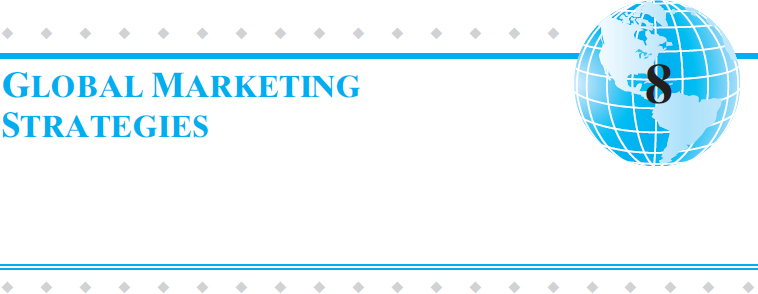
 HAPTER OVERVIEW
HAPTER OVERVIEW
- INFORMATION TECHNOLOGY AND GLOBAL COMPETITION
- GLOBAL STRATEGY
- GLOBAL MARKETING STRATEGY
- R&D, OPERATIONS, AND MARKETING INTERFACES
- REGIONALIZATION OF GLOBAL MARKETING STRATEGY
- COMPETITIVE ANALYSIS
On a political map, country borders are clear as ever. But on a competitive map, financial, trading, and industrial activities across national boundaries have rendered those political borders increasingly irrelevant. Of all the forces chipping away at those boundaries, perhaps the most important are the emergence of regional trading blocs (e.g., NAFTA, the European Union, and MERCOSUR), technology developments (particularly in the IT area), and the flow of information.
Today people can see for themselves what tastes and preferences are like in other countries. For instance, people in India watching CNN and Star TV now know instantaneously what is happening in the rest of the world. A farmer in a remote village in Rajasthan in India asks the local vendor for Surf (the detergent manufactured by Unilever) because he has seen a commercial on TV. More than 10 million Japanese traveling abroad every year are exposed to larger-size homes and much lower consumer prices abroad. Such information access creates demand that would not have existed before.
The availability and explosion ...
Get Global Marketing Management, 6th Edition now with the O’Reilly learning platform.
O’Reilly members experience books, live events, courses curated by job role, and more from O’Reilly and nearly 200 top publishers.

